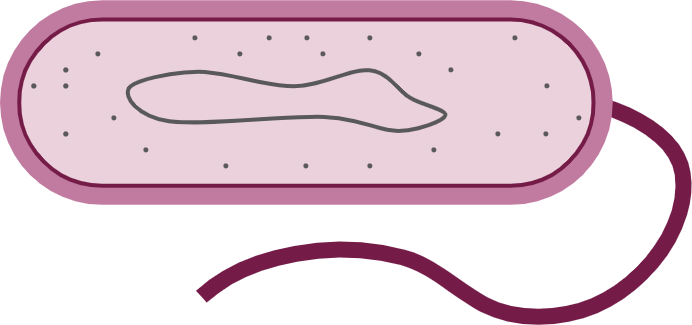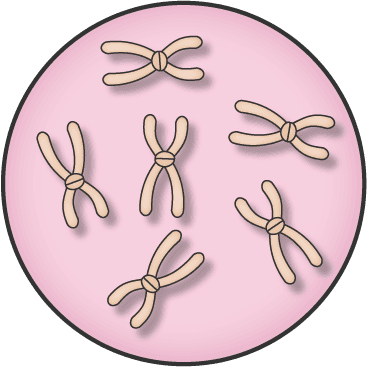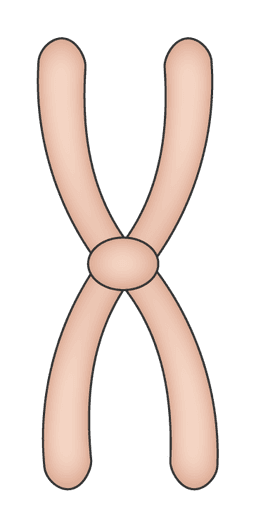Myths about teaching can hold you back
- Year 7
DNA, chromosomes, genes and the genome
I can explain the difference between DNA, chromosomes, genes and the genome.
- Year 7
DNA, chromosomes, genes and the genome
I can explain the difference between DNA, chromosomes, genes and the genome.
These resources will be removed by end of Summer Term 2025.
Switch to our new teaching resources now - designed by teachers and leading subject experts, and tested in classrooms.
These resources were created for remote use during the pandemic and are not designed for classroom teaching.
Lesson details
Key learning points
- All organisms have a genome, and there are similarities and differences between the genomes of different organisms.
- The genome is made of DNA, wound up into tightly-packed structures called chromosomes.
- Human body cells have 23 pairs of chromosomes, stored in the nucleus; bacteria have one that is stored in the cytoplasm.
- Sections of the DNA in chromosomes are called genes, which store instructions for inherited features and life processes.
- Other sections are non-coding DNA, which contains instructions that controls when the information in genes is used.
Keywords
Genome - The genome is all of the genetic material of a cell; it stores the code for all the features and processes of a living organism.
DNA - DNA is the chemical substance that genetic material is made out of; it stores the genetic code.
Nucleus - The nucleus is where DNA, wound up into chromosomes, is stored in animal, plant and fungi cells.
Chromosome - A chromosome is a package of tightly wound DNA.
Gene - Genes are sections of DNA that code for features and processes.
Common misconception
'Genes' and 'DNA' are exactly the same thing.
The lesson explores the idea that genes are sections of your DNA, and all the DNA together is the genome.
To help you plan your year 7 science lesson on: DNA, chromosomes, genes and the genome, download all teaching resources for free and adapt to suit your pupils' needs...
To help you plan your year 7 science lesson on: DNA, chromosomes, genes and the genome, download all teaching resources for free and adapt to suit your pupils' needs.
The starter quiz will activate and check your pupils' prior knowledge, with versions available both with and without answers in PDF format.
We use learning cycles to break down learning into key concepts or ideas linked to the learning outcome. Each learning cycle features explanations with checks for understanding and practice tasks with feedback. All of this is found in our slide decks, ready for you to download and edit. The practice tasks are also available as printable worksheets and some lessons have additional materials with extra material you might need for teaching the lesson.
The assessment exit quiz will test your pupils' understanding of the key learning points.
Our video is a tool for planning, showing how other teachers might teach the lesson, offering helpful tips, modelled explanations and inspiration for your own delivery in the classroom. Plus, you can set it as homework or revision for pupils and keep their learning on track by sharing an online pupil version of this lesson.
Explore more key stage 3 science lessons from the Heredity and DNA unit, dive into the full secondary science curriculum, or learn more about lesson planning.

Licence
Prior knowledge starter quiz
6 Questions
Q1.What is DNA?
Q2.In which animal cell structure is DNA stored?
Q3.True or false? Bacteria have DNA.

Q4.DNA is passed onto offspring in reproduction. What does it carry?
Q5.What is all of the genetic material in a cell called?
Q6.DNA structure was observed using radiation by Rosalind Franklin.
Assessment exit quiz
6 Questions
Q1.All living __________ have a unique genome.
Q2.Which of the following structures is a single chromosome?





